
As the world turns its gaze towards January 26, 2025, a significant milestone looms on the horizon: the 100th birthday of a man whose legacy transcends the silver screen, the racetrack, and the boardroom. Paul Newman, an icon whose blue eyes held a universe of charisma and depth, continues to captivate generations with his unparalleled talent, his daring spirit, and a heart dedicated to giving back. His life story, rich with unexpected turns and profound impact, is a testament to the power of passion, principle, and an unwavering commitment to both craft and humanity.
Newman was more than just a Hollywood legend; he was a cultural phenomenon whose influence permeated various facets of American life. From his mesmerizing performances that earned him an Academy Award to his improbable, yet incredibly successful, second career as a professional racing driver, and ultimately, to his transformative philanthropic endeavors that continue to change lives, Newman carved a path uniquely his own. His 100th birth anniversary offers a poignant moment to reflect on the multifaceted brilliance of a man who was, as his friend Tommy ‘TK’ Kendall once put it, “literally cooler than the characters he played.”
This article embarks on an in-depth exploration of Paul Newman’s indelible mark, celebrating not just the dates and achievements, but the very essence of the man himself—his elegance, his intensity, his generosity, and that irresistible, mischievous twinkle in his eye. We delve into the moments that defined him, the passions that drove him, and the enduring legacy that continues to inspire, proving that even a century after his birth, Paul Newman’s light shines as brightly as ever.

1. **The Centennial Celebration: A Legacy Reaffirmed**January 26, 2025, marks a truly special day for admirers of Paul Newman worldwide, as it would have been the late Hollywood actor and racing driver’s 100th birthday. This centennial is not merely a date on the calendar; it is a profound occasion for reflection and celebration, resonating deeply within the circles he touched, particularly in the high-octane world of motor racing. Fittingly, the 2025 Rolex 24 at Daytona, a legendary race he once conquered, became a focal point for commemorating his enduring spirit.
The Rolex 24 at Daytona, a 24-hour race of attrition known for its trademark excitement, saw Newman’s legacy highlighted throughout the entire weekend. Many of the 61 cars on the grid proudly wore commemorative decals, honoring the Oscar-winning actor who had himself made history at that very circuit. This visual tribute served as a powerful reminder of his passion for speed and his significant contributions to the sport, ensuring that his presence was felt even amidst the roar of modern engines.
Adding to the grandeur of the celebration, a special parade lap featured race cars that Newman himself had driven during his illustrious career, bringing his personal journey on the track vividly to life for the thousands of fans gathered. The sight of these historic machines, once piloted by Newman, offered a tangible connection to his past triumphs. In a particularly poetic gesture, the race winners were once again presented with a Rolex Daytona – the highly coveted timepiece that Newman’s association famously helped turn into a horological icon, further cementing his intertwined legacy with the event and the brand.
Beyond the racetrack, Newman’s enduring spirit of generosity is also being formally recognized. Newman’s Own, the Westport-based business he founded, is spearheading a significant initiative by launching “Paul Newman Generosity Day.” This event, scheduled for the Monday following his birthday, aims to celebrate Newman’s profound legacy of giving. It underscores that while his fame stemmed from acting and racing, his most transformative impact lies in the millions of dollars his charitable enterprise has distributed to various causes, a testament to a life lived with purpose beyond personal gain.
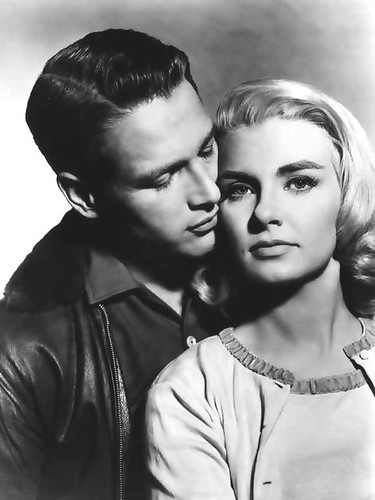
2. **From Hollywood Icon to Racing Legend: The Unlikely Second Act**During the 1960s, Paul Newman stood as one of Hollywood’s most luminous stars, a handsome and charismatic figure whose masterful performances etched indelible characters into cinematic history. Films such as *Cool Hand Luke*, *The Hustler*, and *Butch Cassidy and the Sundance Kid* not only showcased his extraordinary acting prowess but also solidified his status as a leading man of unparalleled depth and appeal. His on-screen presence was magnetic, a blend of vulnerability and steely resolve that resonated with audiences and critics alike, earning him numerous accolades, including an eventual Academy Award for *The Color of Money*.
Yet, beneath the surface of this celebrated actor lay a burgeoning desire for a different kind of challenge, a craving for the visceral thrill and competitive edge of professional motor racing. It was, by a stroke of destiny, Hollywood itself that inadvertently propelled Newman towards this extraordinary second career, blurring the lines between the fabricated reality of film and the raw intensity of the racetrack. Few actors, aside from perhaps Steve McQueen, have ever so genuinely and successfully bridged these two seemingly disparate worlds, demonstrating a versatility that extended far beyond the confines of a script.
The catalyst for this dramatic shift arrived with the 1969 film *Winning*, in which Newman was cast as IndyCar driver Frank Capua. To prepare for the role, Newman, alongside his co-star Robert Wagner, was sent to the renowned Bob Bondurant Racing School in 1968. This wasn’t just about learning to look convincing behind the wheel; it was an immersive experience designed to teach them the art of performance driving, to understand the physics and the psychology of high-speed competition. What began as professional preparation quickly ignited a profound personal passion.
This immersion proved transformative. The moment Newman first experienced the raw power and precision required on the track, he was irrevocably hooked. This late-life discovery of motor sport — he didn’t contest his first race until 1972, at the age of 47 — is remarkable given the incredible racing résumé he would eventually amass. It speaks volumes about his inherent talent and relentless drive that he could transition from an already towering career in acting to become a seriously respected and successful figure in professional racing, defying conventional timelines and expectations.
Read more about: From Zero to Hero (on Screen): The Iconic Cars That Were Only Cool Because of the Movies They Were In
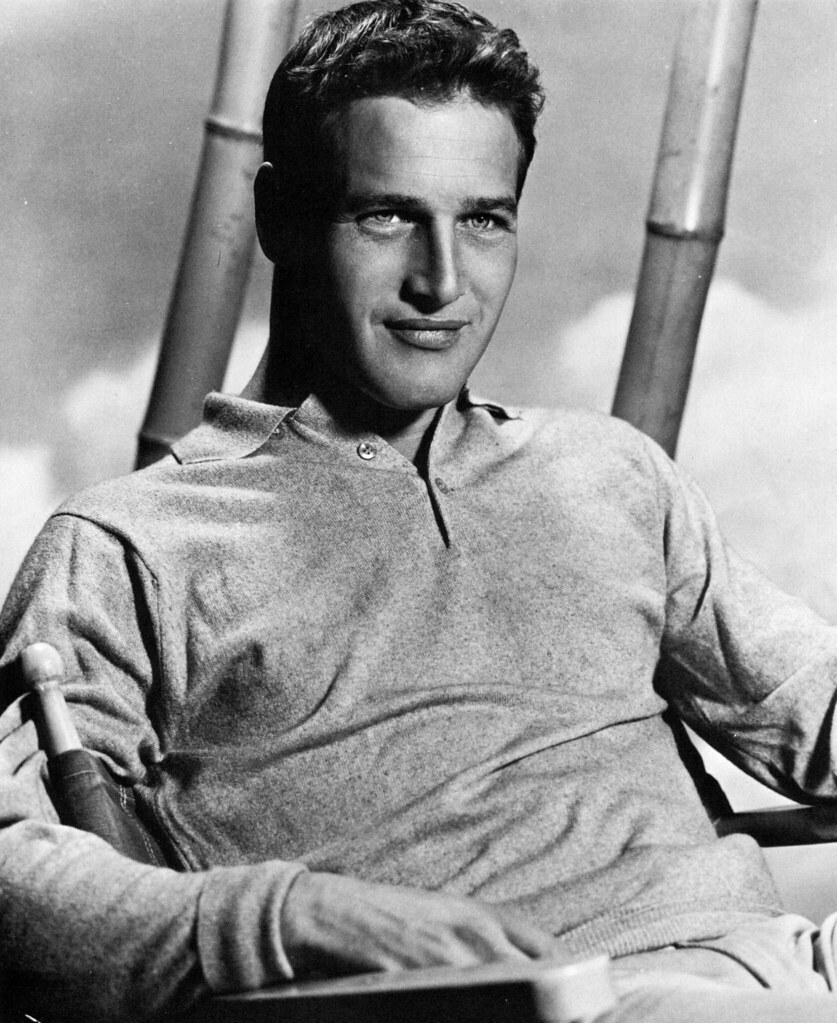
3. **The Bondurant Spark: Igniting a Lifelong Passion**The turning point in Paul Newman’s life, the moment that truly set him on the path to becoming a respected racing driver, occurred in 1968 at the Bob Bondurant Racing School. This was not a leisure trip but a professional obligation, a necessary step to lend authenticity to his portrayal of an IndyCar driver in the film *Winning*. He, along with co-star Robert Wagner, was there to learn the intricate art of performance driving, a skill far removed from the dramatic interpretations he mastered on set. Little did anyone know, this foray into competitive driving would become a consuming, lifelong passion.
For Newman, the experience at Bondurant was revelatory. The sheer thrill of controlling a powerful machine at its limits, the focus demanded by every turn and straightaway, and the precise dance between car and driver, captivated him entirely. He didn’t just learn the mechanics; he absorbed the spirit of racing, finding in it a new form of expression and challenge that deeply resonated with his competitive nature. This initial exposure was the spark that ignited a fire that would burn brightly for the remainder of his life.
Intriguingly, Newman’s introduction to fast cars and track driving wasn’t solely through *Winning*. Robert Redford, his close friend and frequent co-star, played an unwitting role in his early flirtations with speed. Redford, who was nine years younger, remembered racing cars himself and recounts how Newman “began to get into racing” after taking a rare Porsche Redford owned for a drive. The car in question was likely Redford’s 1964 Porsche 904 GTS, an early supercar specifically engineered for the track, which sold at auction in 2022 for a significant $1.5 million. This anecdote reveals that even before *Winning*, the allure of high-performance vehicles was already subtly drawing Newman in.
Redford further recalled that he had begun taking classes at race tracks to push his fast cars even faster, and Newman started to tag along. It was in these early, informal track days that Newman’s innate talent became evident. Redford observed, “He had incredible reflexes, and he got really good.” This initial curiosity, nurtured by Redford and fully ignited by the Bondurant experience for *Winning*, quickly blossomed into a profound dedication. The cinematic preparation had unexpectedly unlocked a genuine talent and a fervent devotion to the world of motorsports, transforming an acting assignment into a destiny.
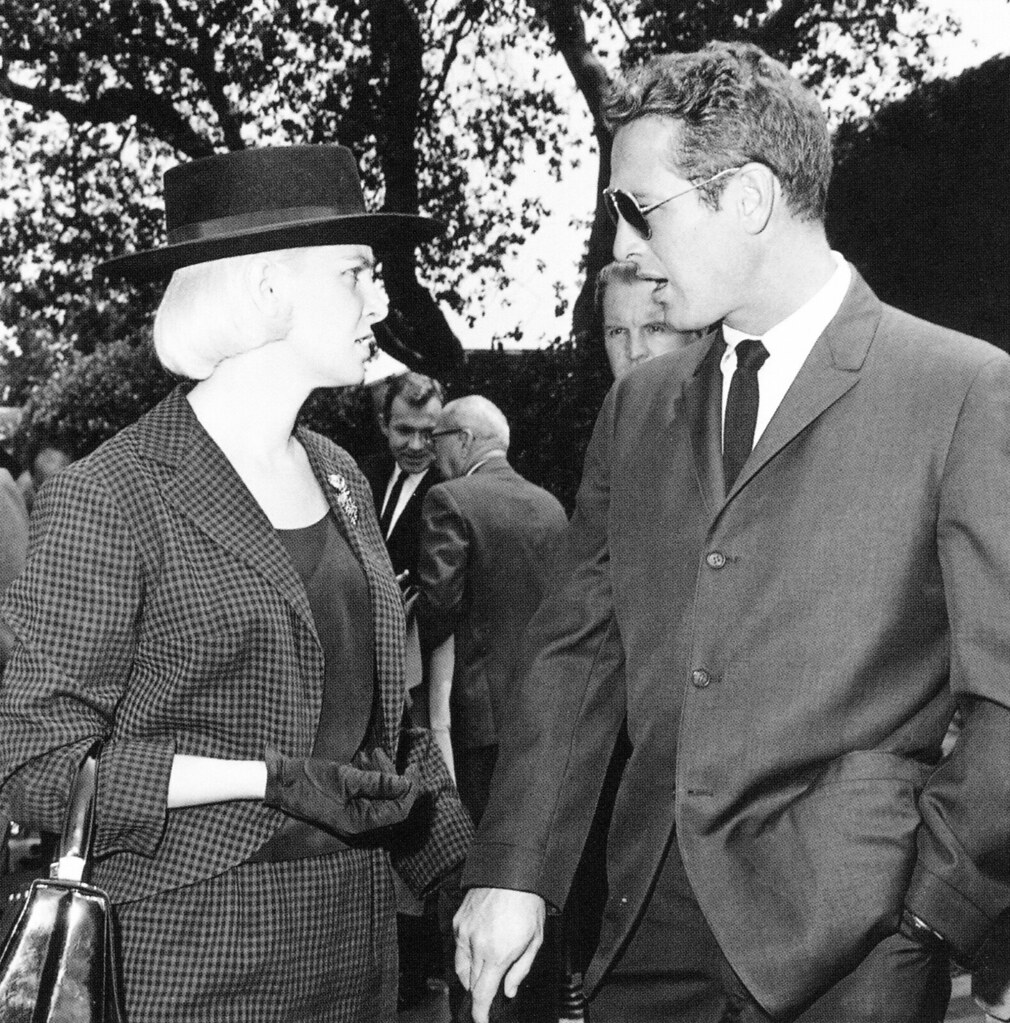
4. **A Natural Behind the Wheel: Early Racing Success and SCCA Titles**What makes Paul Newman’s racing career truly remarkable is its relatively late start. Despite being an internationally renowned film star, he did not contest his first race until 1972, when he was already 47 years old. This age, typically when many professional athletes are considering retirement, marked the beginning of an incredibly successful and serious engagement with motorsports. It defied expectations and underscored his innate talent and the sheer force of his competitive will, proving that passion knows no age limit.
Newman quickly dispelled any notions that his involvement was merely a celebrity dalliance. He proved to be an incredibly talented driver, exhibiting a natural aptitude for the demanding sport. Throughout much of the 1970s, he dedicated himself to competing for Bob Sharp Racing in the Sports Car Championship of America (SCCA). This commitment was not a superficial one; he immersed himself fully in the discipline, honing his skills and challenging himself against seasoned competitors, earning their respect through his performance rather than his fame.
His dedication and preternatural ability paid off handsomely, as Newman found plenty of success in the SCCA series. He claimed the SCCA title on four separate occasions, a remarkable achievement for any driver, let alone one who embarked on their racing journey in mid-life. These championships were hard-won victories, demonstrating consistent skill, strategic prowess, and the mental toughness required to prevail in competitive environments, solidifying his reputation as a formidable force on the track.
Robert Redford, who initially introduced Newman to racing, acknowledged his friend’s rapid development, stating, “He had incredible reflexes, and he got really good.” The transition from Hollywood glamour to the gritty reality of competitive racing was seamless for Newman, a testament to his focused intensity. His ability to translate his discipline and charisma into tangible results behind the wheel showcased a depth of character and determination that continued to define his legend, setting the stage for even greater achievements in the world of endurance racing.
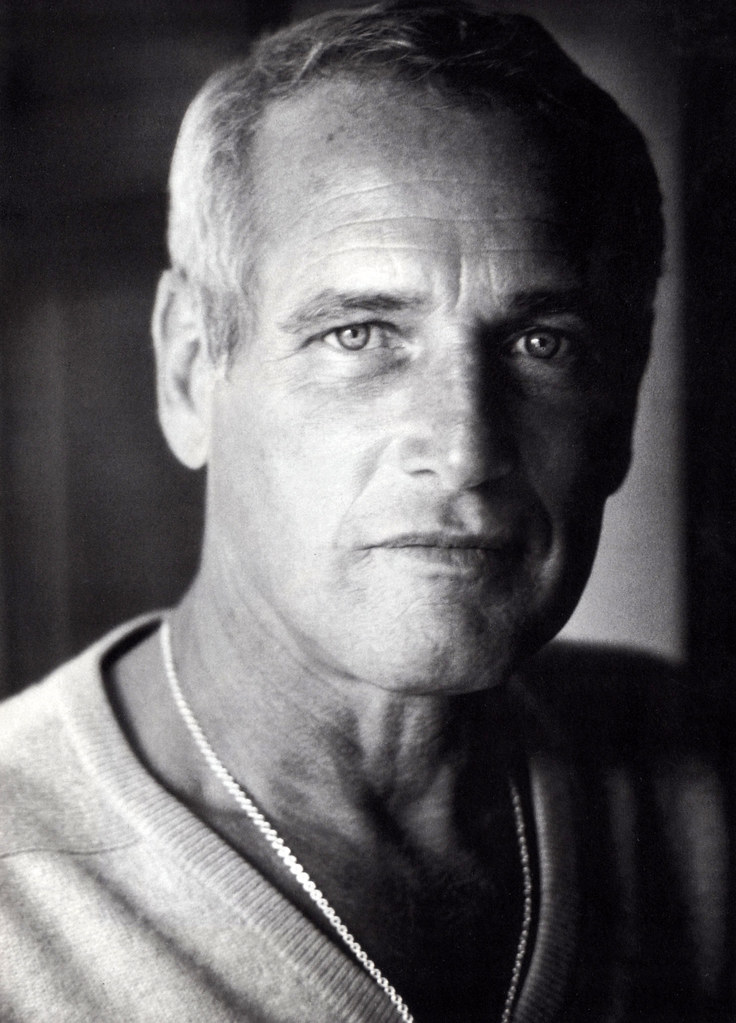
5. **Conquering Le Mans: An Unforgettable Podium Finish**Paul Newman’s prowess behind the wheel was not confined to regional circuits; his preternatural talent and headline-grabbing star power quickly saw him make cameos in some of the world’s most prestigious races. After making his Daytona debut in 1977 and returning in 1979—finishing an impressive third and fifth in class respectively—he set his sights on an even grander stage. Later in 1979, at the age of 54, Newman tackled the most famous endurance race of all: the Le Mans 24 Hours, an event that tests the limits of both man and machine over a full day and night of relentless competition.
For Le Mans, Newman joined forces with seasoned drivers Dick Barber and Rolf Stommelen, forming a formidable trio. They competed in a fearsome Porsche 935, a turbocharged beast renowned for its power and demanding nature. The choice of car and the caliber of his teammates underscored the seriousness of Newman’s commitment to competitive racing; this was not merely a participation trophy but a genuine effort to contend for victory on one of motorsport’s most hallowed grounds. The 935, with its distinctive wide body and roaring engine, perfectly embodied the era’s raw, unapologetic approach to speed.
What transpired over those grueling 24 hours was nothing short of heroic. Despite the immense challenges posed by the circuit, the endurance demands, and the highly competitive field, Newman and his team delivered a stellar performance. They ultimately finished an astonishing second overall in the race, a feat that placed them among the elite in the history of Le Mans. Adding to this incredible achievement, they also secured a victory in their class, cementing Newman’s status not just as a celebrity racer, but as a genuinely talented and capable endurance driver on the international stage. His performance captivated the global motorsport community, demonstrating his ability to excel under the most intense pressure.
This result at Le Mans, achieving a podium finish in one of the toughest races globally, solidified Newman’s reputation and silenced any remaining skeptics who might have viewed his racing career as a mere hobby. It showcased his ability to perform at the highest level, proving that his dedication to the sport was as profound as his dedication to acting. The Le Mans experience became a defining chapter in his racing narrative, demonstrating a level of commitment and competitive fire that few could match, especially at an age when many contemplate slowing down.
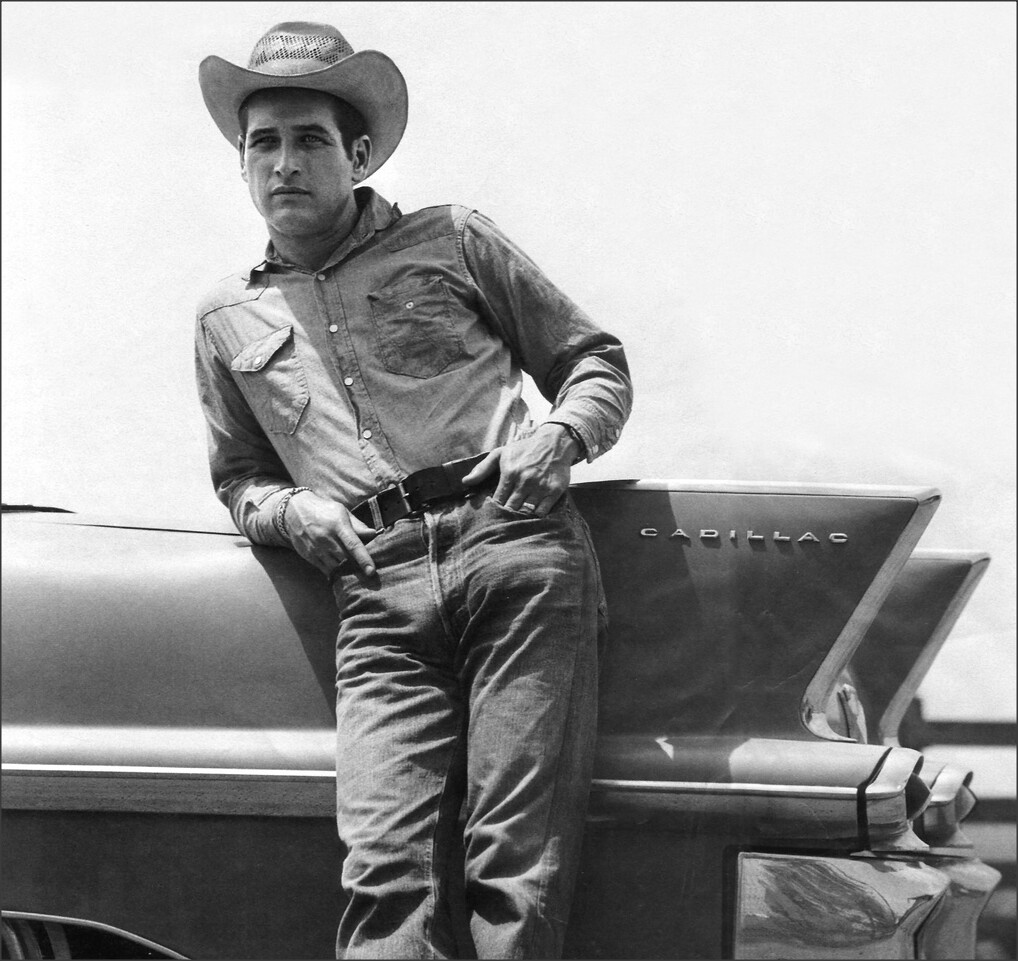
6. **The Oldest Winner: Daytona 1995 at 70**Even after his Le Mans heroics, few would have predicted that Paul Newman would achieve another remarkable result at Daytona in 1995, at the astounding age of 70. This particular victory would not only add another prestigious trophy to his collection but would also etch his name into the record books, making him the oldest driver ever to win a professionally sanctioned race – a record that proudly stands to this day. This achievement was a powerful testament to his enduring skill, resilience, and unyielding competitive spirit, defying the conventional limits of age in high-stakes competition.
Driving for Roush Racing in the GTS-1 class, Newman’s team won their category and finished an incredible third overall. An eyewitness to Newman’s ability behind the wheel that year was his team-mate, four-time Trans-Am champion Tommy ‘TK’ Kendall. TK vividly recalled the event, sharing that although it was their first time racing together, their relationship stretched back years, rooted in his father’s involvement in sports car racing and a chance meeting with a 19-year-old TK at Willow Springs, where Newman had driven his father’s Lola T600.
The 1995 Daytona entry itself was financially backed by Paramount Pictures, shrewdly used to promote Newman’s latest film, *Nobody’s Fool*. The story behind the team’s participation is almost as legendary as the race itself. TK recounted how Newman, after stopping Trans-Am racing in 1988 but continuing occasional IMSA appearances, called Roush’s team manager, Max Jones, to inquire about running a car at Daytona. Max, seemingly unkeen on the idea, quoted an exorbitant figure, to which Newman simply replied: “Let’s do it – Paramount is paying for everything.” This unexpected financial backing propelled Roush into a mad dash to prepare a car and team within a tight three-month period for a race they hadn’t intended to enter, ultimately teaming Newman and TK with stock car legend Mark Martin and Hollywood stuntman Mike Brockman, Newman’s best friend at the time.
The team’s Ford Mustang, proudly bearing number 70 in deference to Newman’s age, making the grid at all was impressive, but finishing third overall and winning the GTS-1 class was nothing short of miraculous. Despite some early hiccups, like Brockman clipping the guardrail and not admitting it, forcing TK and Mark Martin to shoulder the grueling night stints due to Newman’s admission that his night vision wasn’t great, Newman’s contributions were pivotal. During his daytime stints in the Mustang’s cockpit, he proved to be remarkably fast and almost faultless, impressing even the rapid TK Kendall who noted Newman was only about 1.8 seconds per lap off his pace—a phenomenal achievement for a 70-year-old driving without modern assists like traction control.
Newman’s intense competitiveness was a defining trait, as TK described: “It didn’t matter whether he was playing badminton, working out or racing – he was an intense competitor.” A telling anecdote from practice involved Newman, dissatisfied with his driver change speed, instructing TK, “‘Just grab my epaulettes and rip me out.’” Despite TK’s initial apprehension about manhandling a “national treasure,” Newman insisted, wanting to be treated just like any other competitor. This drive, combined with the successful navigation of the night by Martin and Kendall, found the team comfortably leading their class and sitting third overall by morning.
In the final hours, with victory in sight, Jack Roush insisted that Newman, as the primary reason for their participation, should take the car across the finish line. Newman, ever humble and shying from the spotlight, initially declined, saying he was “done.” But Roush persisted, highlighting Newman’s role as a total team player. Newman relented, calmly crossing the finish line and describing the feeling as “tremendous,” albeit with a low-key reaction more akin to winning a local karting race. He humbly expressed gratitude for avoiding mistakes, having completed gruelling double stints and expertly looking after the car, solidifying his status as a racing legend and the oldest winner of a professionally sanctioned race.
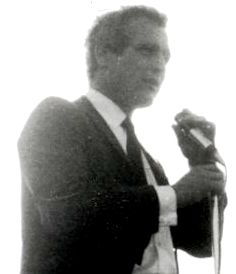
7. **Pioneering Motorsports Team Ownership: The Newman/Haas Dynasty**Paul Newman’s deep immersion in the world of motorsports transcended his personal achievements as a driver; it also led him to become a formidable force in team ownership. In 1979, the very same year he conquered Le Mans, Newman co-founded Newman/Haas Racing, a venture that would etch his name even deeper into the annals of open-wheel racing history. This move demonstrated his commitment to the sport, moving beyond the cockpit to shape the competitive landscape from the owner’s box.
Under Newman’s astute guidance and unwavering passion, Newman/Haas Racing swiftly ascended to prominence, becoming one of the most successful teams in open-wheel racing. Their pursuit of excellence was relentless, resulting in numerous championships across the highly competitive CART and Champ Car series. This period saw the team consistently fielding top-tier drivers and innovative machinery, showcasing Newman’s ability to cultivate success in diverse fields, whether in front of the camera or orchestrating triumphs on the track.
The team’s success was not just a testament to strategic brilliance or engineering prowess; it was deeply intertwined with Newman’s personal philosophy of intense competition and dedication. His presence, though often behind the scenes, infused the team with a unique spirit. It was an environment where the thrill of the race was paramount, and winning was the ultimate goal, achieved through a blend of talent, hard work, and a genuine love for motor racing.
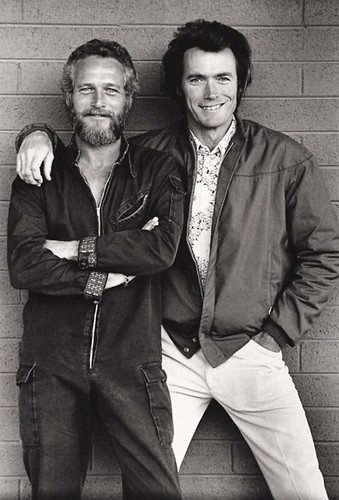
8. **The Gearhead’s Garage: Newman’s Passion for Car Modification and Collecting**Beyond his celebrated racing career and team ownership, Paul Newman harbored a profound and almost childlike fascination with automobiles, particularly with the art of modification. He was, at heart, a true gearhead who loved nothing more than taking old cars and making them go faster, often through audacious engine swaps. This hands-on, mechanical curiosity revealed another dimension to his multi-talented persona, showcasing a blend of engineering intuition and playful ingenuity.
His personal collection reflected this eccentric passion. Newman owned a convertible Beetle, for instance, which was anything but ordinary; it sat on a custom chassis built by Jerry Eisert and featured a mid-engine Holman-Moody Ford Racing V8 – a true wolf in sheep’s clothing. His penchant for transforming unassuming vehicles into high-performance sleepers extended notably to Volvos. He famously owned a Volvo 740 wagon fitted with a turbocharged V6 engine from a Buick Grand National, and a Volvo 960 wagon similarly powered by a Ford Racing V8. These unexpected creations underscore his unique approach to automotive enjoyment.
Newman’s enthusiasm wasn’t confined to bespoke projects. His collection also included more conventional, yet equally impressive, machines like a former race car, a sleek Lamborghini Miura, and a powerful 1985 Nissan GT-1. These prized vehicles have since found new homes, with many of his former cars, including the Lamborghini Miura and Nissan GT-1, becoming part of fellow enthusiast Adam Carolla’s extensive collection, ensuring that Newman’s automotive legacy continues to be appreciated by connoisseurs.
John Hogan, who served as Newman’s driver for many years, fondly recalled this aspect of his character. He noted that Newman “loved old cars and used to like to make them go faster — putting an engine from one car into another,” a simple observation that perfectly encapsulates the actor’s enduring and hands-on love affair with speed and mechanical innovation.

9. **Newman’s Own: The Unlikely Genesis of a Philanthropic Empire**One of Paul Newman’s most enduring and impactful legacies emerged not from a grand philanthropic vision initially, but from a “prank” with his friend and fellow Westporter, writer A.E. Hotchner. In 1982, this playful experiment led to the creation of Newman’s Own, a Westport-based business that would redefine the boundaries of corporate philanthropy. What began with a homemade salad dressing quickly blossomed into a diverse range of food products, all united by a singular, transformative principle: to donate all profits to charity.
The genesis of this charitable enterprise is steeped in charming anecdotes that highlight Newman’s down-to-earth nature and his mischievous sense of humor. Arlene Gottlieb, a long-time neighbor of the Newmans, vividly recalled a day when Newman knocked on her door, wine bottle in hand. “’I have some salad dressing here that I want you to try,’ and we did — it was wonderful,” she recounted. This simple act of sharing a culinary creation among friends would lay the foundation for a global philanthropic powerhouse.
Newman’s Own Foundation, the nonprofit arm established to manage these charitable endeavors, has faithfully upheld its founder’s vision. Dedicated to supporting organizations that improve the lives of children facing adversity, the foundation has distributed millions of dollars over the decades. It’s a remarkable testament to a business model built on generosity, where every purchase directly contributes to meaningful causes, primarily benefitting children, transforming a culinary whim into a profound force for good in the world.
Paul Newman’s approach to his charitable ventures was often as humble as it was effective. He famously sought publicity not for himself, but for the causes he championed, as evidenced by an amusing incident at the Westport News office. Introducing himself over the phone, he was met with skepticism, the assistant editor quipping, “And I’m Robert Redford,” before hanging up. Yet, Newman persevered, seeking coverage for a local contractor battling cancer, illustrating his consistent focus on others rather than personal acclaim.
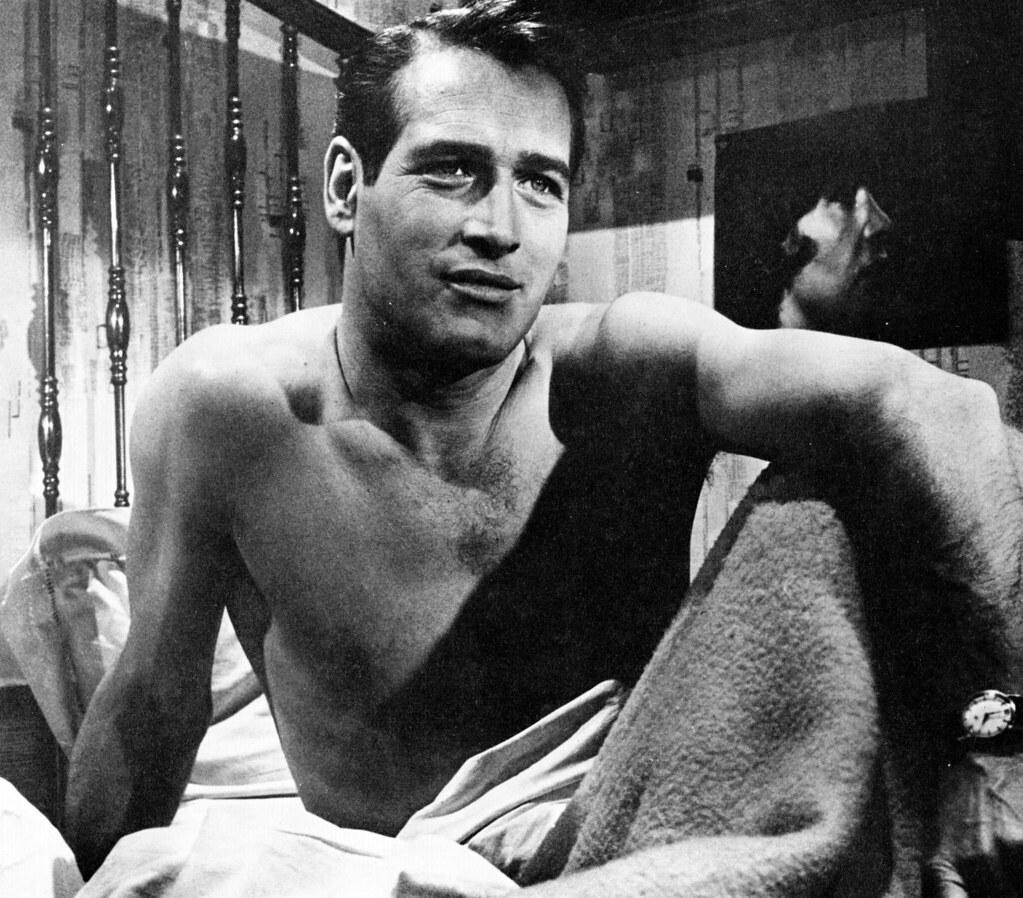
10. **The Westporter: Community Ties and Local Legacy**For nearly five decades, Paul Newman called Westport, Connecticut, home, living in town for about 50 years until his death in 2008. While his global fame as an actor and racer was undeniable, in Westport, he was simply a cherished member of the community. He was a familiar sight, often seen shopping or dining with his children and grandchildren, taking winter swims in the Aspetuck River near his home, or mingling casually with fellow residents, embodying a refreshing normalcy away from the glare of Hollywood.
His connection to Westport was deep and multifaceted, extending beyond mere residency to active involvement in local life. Newman frequently supported the Westport Country Playhouse, where his wife, the acclaimed actress Joanne Woodward, served as artistic director from 2000 to 2004. He even graced the playhouse stage himself in a 2002 revival of Thornton Wilder’s *Our Town*, which later moved to Broadway, further cementing his artistic contributions to his local community.
Newman and Woodward were also generous patrons of numerous local charitable endeavors. They supported initiatives like Project Return, a program for homeless women, by donating autographed and hand-painted birdhouses for fundraising campaigns. Their commitment to the town’s heritage was evident in their support for the acquisition of the Wheeler House, which now serves as the headquarters for the Westport Museum for History and Culture. This blend of community spirit and philanthropic action truly defined their local impact.
His legacy continues to resonate within Westport. The “Paul Newman Straight” at Lime Rock, a local race track, was dedicated in his memory in 2022, a testament to his indelible mark on the regional motorsports scene. Furthermore, some members of the Newman family, including his daughter Melissa, an artist and musician who has authored books about her parents, continue to reside in Westport, upholding the family’s deep-rooted connection to the town. Melissa Newman eloquently stated, “We felt that Westport took very good care of our family. The town was very protective,” highlighting the mutual respect and affection between the icon and his community.
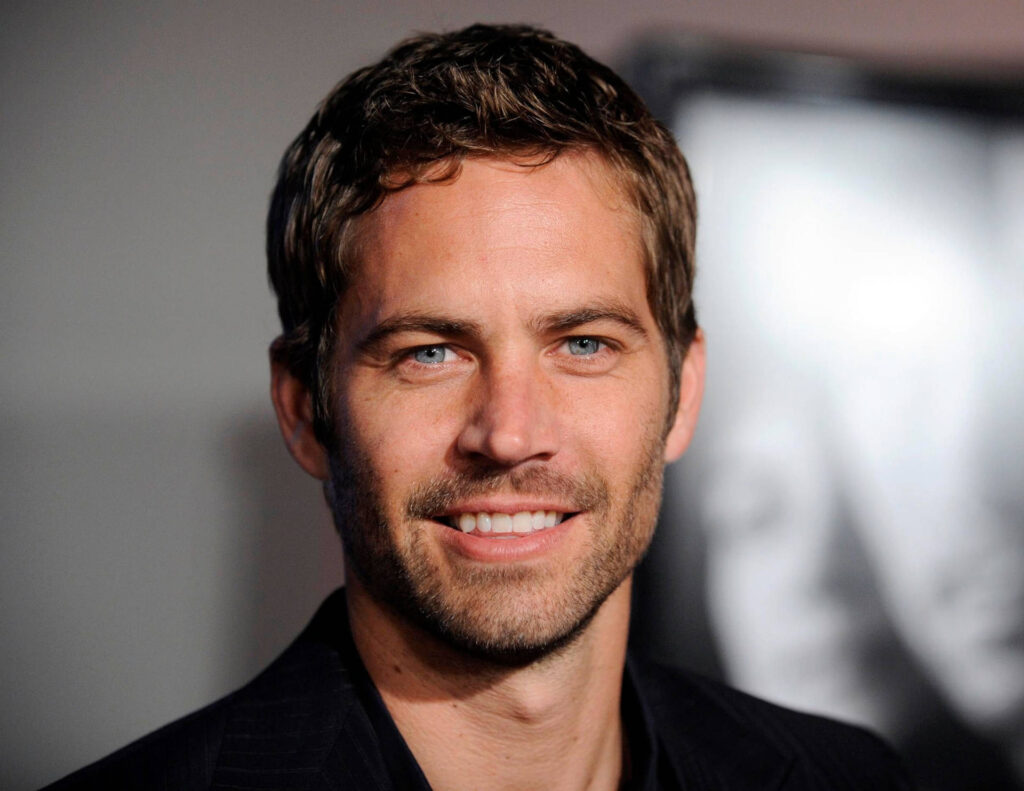
11. **A Heart for Children: The Hole in the Wall Gang Camp and SeriousFun Network**Perhaps the most heartwarming chapter of Paul Newman’s philanthropic journey is his founding of the Hole in the Wall Gang Camp in Ashford, Connecticut, in 1988. Driven by a profound desire to provide a haven for children with serious illnesses and their families, the camp was conceived as a place where kids could simply be kids, enjoying “fun and friendship” away from the rigors of medical treatments. This visionary project blossomed from a singular camp into a sprawling network of hope and healing.
The camp’s success and the undeniable impact it had on countless young lives led Newman to establish the SeriousFun Children’s Network. This expanded mission aimed to “empower kids facing serious medical challenges to find joy” on a global scale. Today, the network encompasses 30 independently owned camps situated across the U.S. and abroad, including locations in Ireland, Israel, and France. Collectively, these programs serve more than 20,000 children each year, offering transformative experiences that profoundly change lives, a fact Newman himself acknowledged by stating, “It’s not that the children say, ‘Thank you for a wonderful time…’ it’s that they say, ‘Thank you for changing my life.’”
Newman’s commitment to these causes was deeply personal. Miggs Burroughs, a Westport artist who did graphic design work for the Hole in the Wall Gang Camp, recalled gaining “the full scope of his generosity and commitment to helping those in need.” This unwavering dedication is also celebrated through initiatives like “Paul Newman Generosity Day,” launched by Newman’s Own, underscoring that his charitable endeavors form the very core of his lasting legacy, far beyond his celebrity.
Even a century after his birth, his philanthropic spirit continues to inspire. In a testament to his enduring impact, two-time NTT IndyCar champion Josef Newgarden recently attended a charity fundraiser in New York City honoring Newman’s legacy. This event, organized by Paul Newman’s Serious Fun Camp, aimed to raise money for the free camp that provides vital experiences for children facing life-threatening conditions, proving that Newman’s vision of joy and support for children remains as vibrant and relevant as ever.
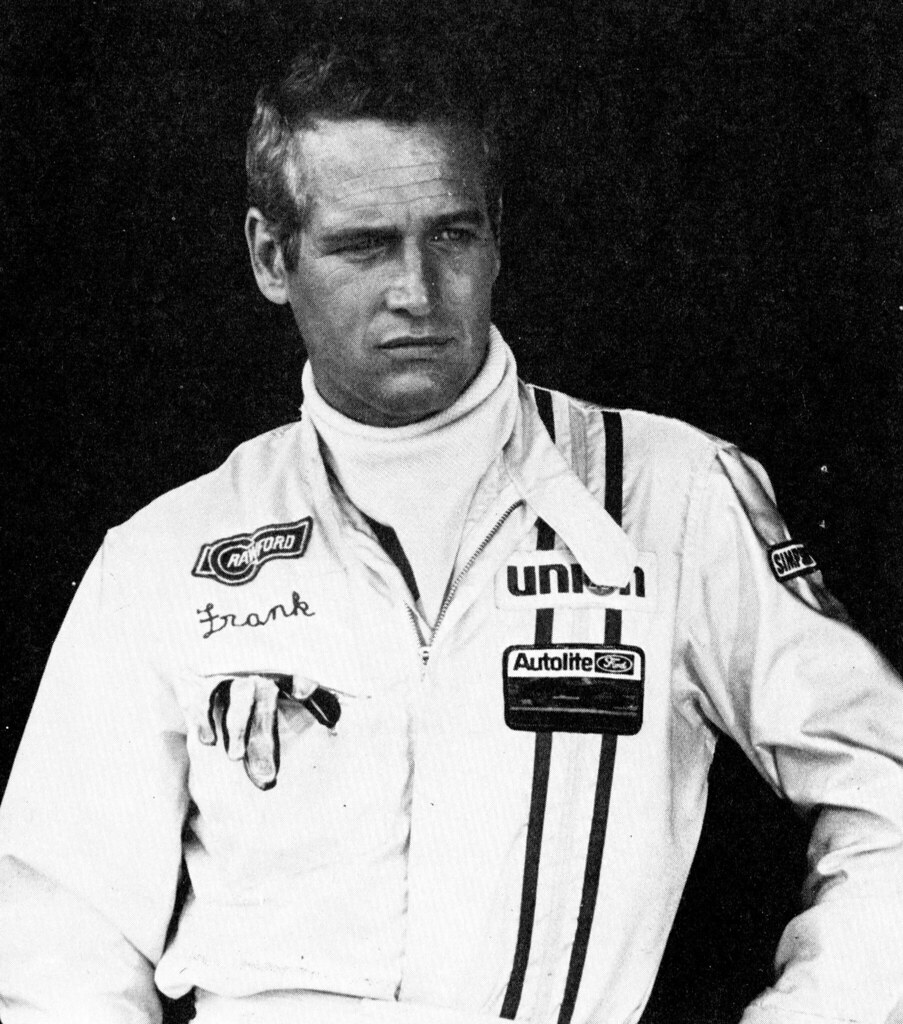
12. **The Prankster: Newman’s Legendary Wit and Redford Rivalry**While Paul Newman was revered for his intense dedication and profound generosity, he was also famously characterized by a playful, often mischievous sense of humor. Neighbors like Arlene Gottlieb remembered him as “mischievous,” a description that perfectly captures the twinkle in his famous blue eyes. This lighter side of Newman revealed a man who didn’t take himself too seriously, despite his iconic status, and who cherished laughter and lighthearted jesting.
This mischievous streak manifested in various delightful anecdotes. Arlene Gottlieb once recalled Newman asking for help finding his dog, only for them to discover later that the dog was actually performing in a play Joanne Woodward was in that very night in New York. A.E. Hotchner, his close friend and co-founder of Newman’s Own, also documented Newman’s “off-center and mischievous” personality in his book, *Paul and Me*, painting a picture of a man who always kept life interesting.
Perhaps the most legendary examples of his humor are the epic prank wars he waged with his equally iconic friend, Robert Redford. Redford, recalling their “fun,” initiated one memorable prank for Newman’s 50th birthday: he had a beaten-up Porsche shell delivered to Newman’s porch, fully gift-wrapped for dramatic effect. The towing company even confirmed they’d had “a car fall off a track and land on a Porsche and crush it,” providing Redford with the perfect wreckage.
Newman, adhering to their unspoken “You don’t talk about the pranks” code, took his revenge in silence. A few weeks later, Redford discovered a large wooden box in his rented Westport foyer. After an hour and a half of crowbarring, he found inside “a big square block of metal” – Newman had taken the crushed Porsche, sent it to a crusher, and then returned it to Redford, denting his floor in the process. This act of escalating comedic retribution was a testament to their unique bond.
Not one to be outdone, Redford sought the last laugh. He had the “molten metal” turned into “a really ugly sculpture” by a sculptor friend and then dropped it into Newman’s garden. To this day, neither man ever mentioned these elaborate jests to each other, a silent acknowledgment of their deep friendship and shared, inimitable sense of humor. This playful rivalry offered a rare glimpse into the personal lives of two Hollywood titans, showcasing a bond built on shared laughter.
As we commemorate Paul Newman’s centennial, his extraordinary life emerges as a testament to a man whose influence transcended the silver screen and the roar of the racetrack. He was a figure of profound integrity, fierce competitiveness, and boundless generosity, navigating life with a captivating blend of intensity and mischievous charm. His enduring legacy, woven through iconic performances, record-breaking racing achievements, transformative philanthropy, and an unwavering commitment to community, continues to inspire generations, proving that even a century later, the light of Paul Newman shines as brilliantly as ever.



